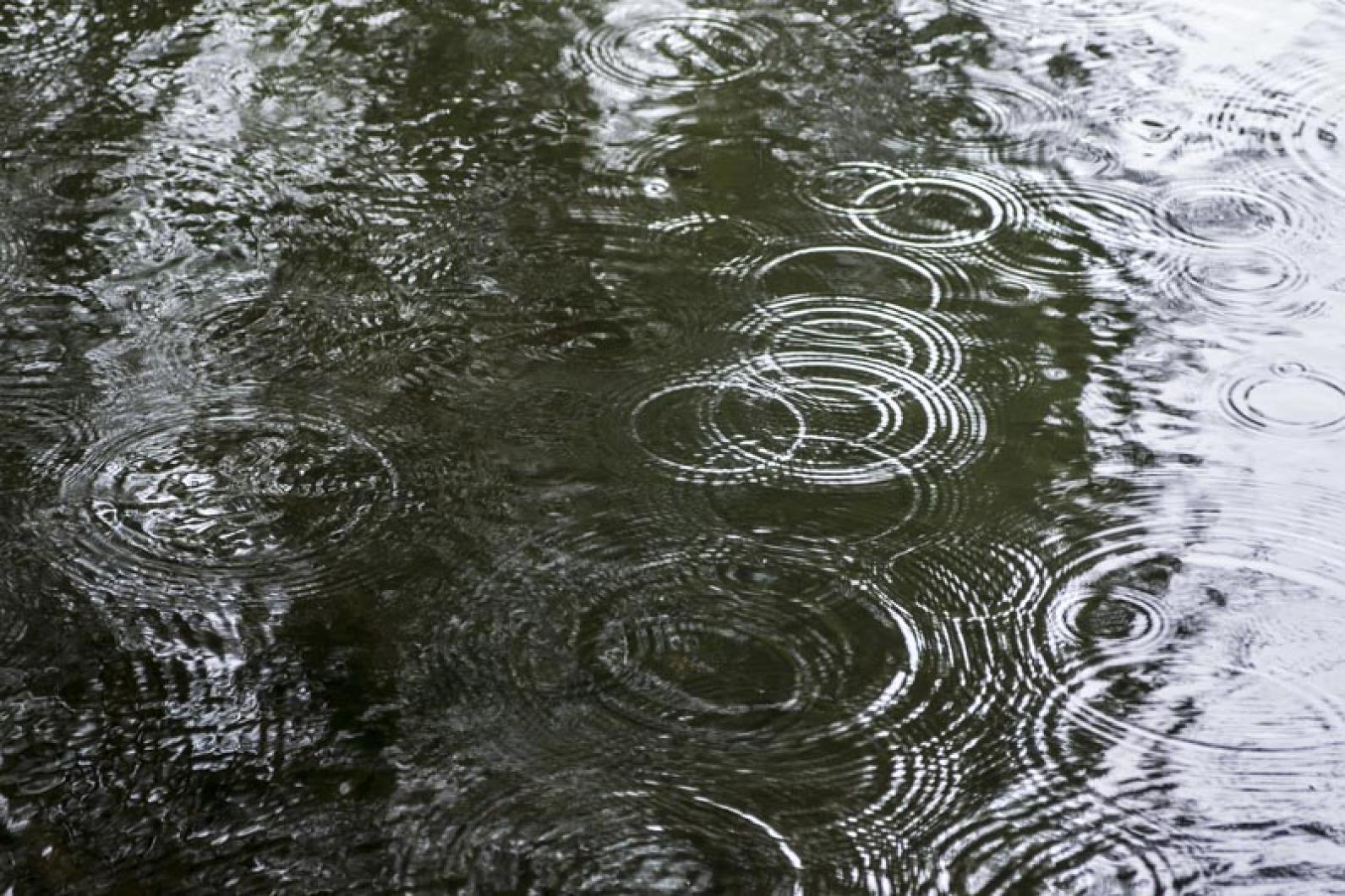Nothing was truer for February than the proverb “when it rains, it pours.” It was accurate in terms of style and substance. Last month was a wet one.
Consider that the average rainfall for the month of February is 3.2 inches, but we had more than seven and a half inches last month. It wouldn’t be inaccurate to say we were in deep water, especially when driving through Five Corners or into the County Road flood zone.
The water that fell was not the shape of raindrops water that we usually envision. We have this idea of a teardrop form, but rain is actually more of a spherical structure if the drop is under two millimeters. And when drops get larger, their shape is reminiscent of the top of a burger bun.
Rain’s makeup is only somewhat elementary. We all know that water at its purest is simply H2O. Rain, however, is often adulterated with different particulates present in the air. In coastal area like ours, rain can have salt content, while other gasses such as carbon dioxide, nitrogen dioxide, ammonium, and other particulates may be part of each drop in ours and other areas. Nitrogen can be found in rain and can act as a fertilizer, causing grass to look and be greener after a rainfall.
Location and air quality are factors that affect the composition of rain on Earth. Other planets have rain, but its characteristics are quite different. On Venus, rain is made of sulfuric acid, and due to the atmospheric heat, this acid rain evaporates before it reaches the planet’s surface. Rain elsewhere in the universe can be made of iron, neon, or methane. So, as inconvenient as it can be to get caught in a downpour here on Earth, it could be worse. Our rains are as nothing compared to a shower of metal or a smelly methane bath.
The speed of rain was quite variable throughout the month. There were mists, drizzles, sprinkles, deluges, downpours, and torrential occurrences of rain. Each type and drop falls at a different pace. Speedy drops can descend as fast as 20 miles per hour, or they may fall so slowly that they take seven minutes to go from cloud to ground.
We all know the sound of rain, and those of us with metal roofs know it even better than others. Sometimes it can be deafening, and using the phone or having a conversation can be difficult.
The smell of rain has been well documented, though the scent, called pertichor, actually comes from the ground, not from the falling water. Bacterial and plants release gases that cause that odor.
Your nose is not the only thing affected. For those with asthma, rain can worsen its effects since it will lift pollen and mold spores and smash them into smaller aero-allergens that can get into your lungs and worsen the asthmatic effects.
Rain can also color your world. While we think of it as clear or transparent, rain can and has fallen in color. Blood or red rain is sporadically reported and occurs when certain types of microalgae are present that make the rain ruby. Other colors, including yellow, green and black, have also been reported.
For those frustrated with day after day of rain, remember the Chinese proverb that says if rain bothers you, you can always jump into the sea. This time of year, that might just be worse — brrrrr. Find the upside, sing and dance in the rain, catch raindrops on your tongue, dig worms, or make mud pies.
Now that it’s March, perhaps the large amounts of rain are done. However, since it’s said that April showers bring May flowers, the rainy season might not just yet be water under the bridge.
Suzan Bellincampi is director of the Felix Neck Wildlife Sanctuary in Edgartown, and author of Martha’s Vineyard: A Field Guide to Island Nature.







Comments (1)
Comments
Comment policy »